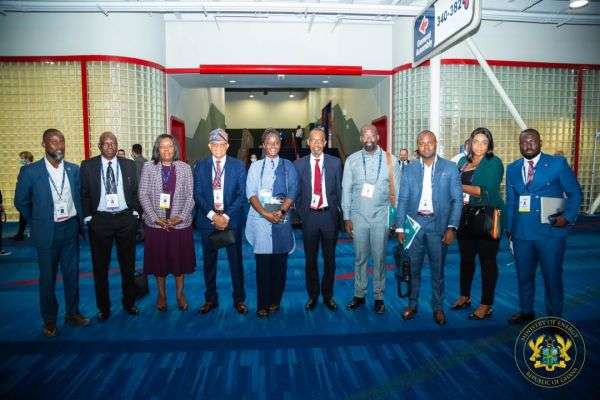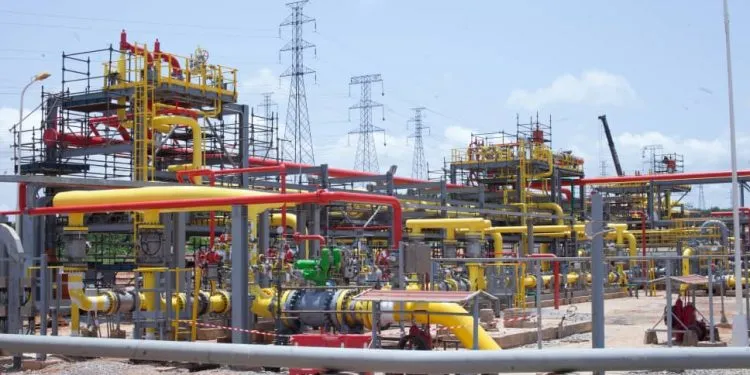The share of women in the global oil and gas industry was just 22% in 2020, unchanged since 2017, according to a study by the Boston Consulting Group. This is despite the fact that the sector has been more embracing of diverse and inclusive workforces due to evidence that such an environment drives profit and innovation.
The report found that female representation is lowest in oilfield services with only 4% women, and 15% women in upstream exploration. Only in corporate functions are women representation quite closer to that of men, with 43% female representation.
Most women with jobs in the sector are to be found in business and administrative roles, the study found. However, while there are 39% at entry level it dramatically drops to only 13% for senior level positions.
This trend lies in the face of an increased adoption of a number of policies and initiatives by companies in the sector that are gender-friendly, which hovered around 50% over the same period. Thus, confirming the industry’s commitment to achieving gender parity and improving diversity.
Surprisingly, these shocking numbers reflect a fundamental problem: the industry is recruiting more women but they are simply not staying, according to Andrea Ostby, Managing Director and Partner of Boston Consulting Group. The study cited a number of career obstacles, including unfair evaluations and lack of training for women.
Buttressing her point, Ostby said unlike the oil and gas industry, other industries are achieving better gender diversity. The stagnation in oil shows that “the talent war is on,” adding that “people across industries understood how important diversity is for results.”
The study was the second of a series tracking diversity and inclusion in the oil and gas sector. The study, titled “Untapped Reserves 2.0: Driving Gender Balance in Oil and Gas”, was produced by the World Petroleum Council (WPC) and Boston Consulting Group (BCG), released at the 23rd World Petroleum Conference at Houston.
Professionals Agree that Gender Diversity is a Challenge
It was not to be all gloomy, the study also found that there is increasing agreement between female and male professionals that gender diversity is a challenge for the industry.
It is clear that oil and gas companies’ diversity and inclusion initiatives have improved significantly over the period. All the companies surveyed offered maternity leave, compared to 90% in 2017, and over 95% support equal pay and offer paternity leave, up from 67% and 56%, respectively, in 2017.
Also, over 95% of companies now have sexual harassment policies. Employees agree there has been a positive change, 70% of whom believe that the industry has improved its approach to diversity and inclusion since 2017.
Ulrike von Lonski, WPC Chief Operating Officer, and co-author of the study said:
“Too many companies are still failing to turn their diversity commitments into action. The accelerating energy transition will require oil and gas companies to innovate at an unprecedented pace and that will require diversity and talent.”
Ulrike von Lonski, WPC Chief Operating Officer
However, pertaining to main female career challenges, respondents of both gender still have different views. Per the findings, 63% and 41% of men and women are overlooked in the industry, compared to 56% and 23% respectively in 2017. 43% of men and 47% of women feel that women are not flexible enough, a significantly narrower gap compared to 34% and 13% in 2017.
To make progress, Ostby said “active, visible, and relentless senior leadership, especially but not limited to the CEO, is the critical unlock needed to make the lasting change our industry needs.” She added that efforts must also include “progressive and more urgent action combined with accountability and transparency.”
READ ALSO: OSP to Institute Annual Ghana Corruption League Table from January 2022





















